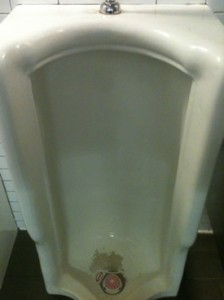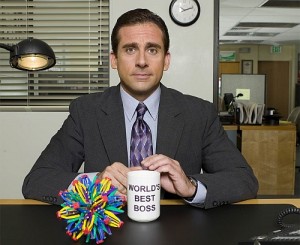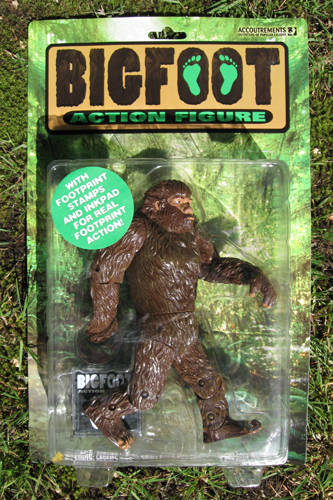What a Pisser
If you attended Shared Knowledge University, you know what I am talking about. 🙂
This past week, we held Shared Knowledge University (SKU) training at Classic Exhibits. Based on the early feedback, I think it was a successful event. We had 24 enthusiastic distributors from as far east as Albany, New York, as far south as New Orleans, and as close as Las Vegas and Orange County.
The two day training was conducted at the Classic Exhibits facility and a nearby Courtyard by Marriott. We started each morning with the classroom portion at the Marriott. Then after lunch, we headed over to Classic for hands-on product training where the attendees toured the shop, learned about the rental program, and then spent about three hours each day disassembling products as well as learning about how, why, and when each product was brought to market.
For a training session to be successful, everything has to come together just right. Here are two elements from SKU that seemed to shine.
Engaged Attendees. Our compliments to the attendees. All 24 came ready to learn. As the trainers, we can’t express how much we appreciate that. Thanks for asking good questions, participating in every session, and for giving us your full attention for two days — even after a late night in the Boiler Room on Monday. You made it easy. Mostly, we appreciate how you embraced the “shared knowledge” theme by sharing your experiences during the sessions and the social events. Your coaching added so much, particularly for the those distributors new to Classic and/or the industry. Thank you!
Content is KING. Whether it is a Distributor Open House or a manufacturer’s training program, content is the glue. For that content, we have many to thank. Mel, first and foremost, pulled together the Master Plan and served as the Master of Ceremonies in the classroom. I know I speak for Mel when I say how proud we are of our staff and their participation in the training. In particular, Mike Swartout (Design Director), Wade West (PM), Charlie Shivel (PM) and Jeff Garrett (Setup PM). We were impressed by their sessions, the content they shared, and their presentations. Last, but certainly not least, our thanks to Dave Brown from Optima Graphics and Eric Albery from Eco-Systems Sustainable Exhibits. They not only agreed to fly to Portland for the training, but also conducted engaging and educational sessions as well.
I thought I’d share a few post-SKU comments from the attendees:
“The flow of the training was just-right, with a sensible progression from overview, to key people, processes, and products. And as much as I thought I had figured-out EDS from my own exploration, the EDS training took me that last bit of the way to understanding its great value as a sales tool.”
“The visit to Classic Exhibits proved very informative and I thought being able to see how your facility operates as well as being able to see the actual properties in person helped us get a better understanding of how the process works. Another added bonus was being able to have some hands on experience with tearing down some of the pop ups so we could have a better understanding when those questions come in from our clients we will be able to answer to them.”
“I talked to many of the attendees towards the end of Day 2 and all of them had great things to say about the presentations, the products, the knowledge, and the organized agenda. You guys did an amazing job putting this together!”
We will be holding another SKU event in mid-September. If you are interested in attending the next SKU training, please let Reid Sherwood or me know. Attendance will be limited to 25.
Two last things for the attendees: DO NOT FORGET THE OREGON PLEDGE! And . . . if the most memorable part of your time in Portland was the porcelain art at Bridgeport, then we succeeded as hosts.
Be well and have a great weekend.
–Kevin Carty
p.s. As a reminder, through May 31 your customer will receive a free copy of the book Build a Better Trade Show Image by Marlys Arnold on any hybrid display purchase. For a sneak peek, here’s a 45 page sample of the ebook. Also, take a minute to checkout the current specials in Exhibit Design Search in the Exhibit Specials gallery — 10 ft., 20 ft., and island designs.
http://twitter.com/kevin_carty
http://www.linkedin.com/pub/kevin-carty/3/800/32a










